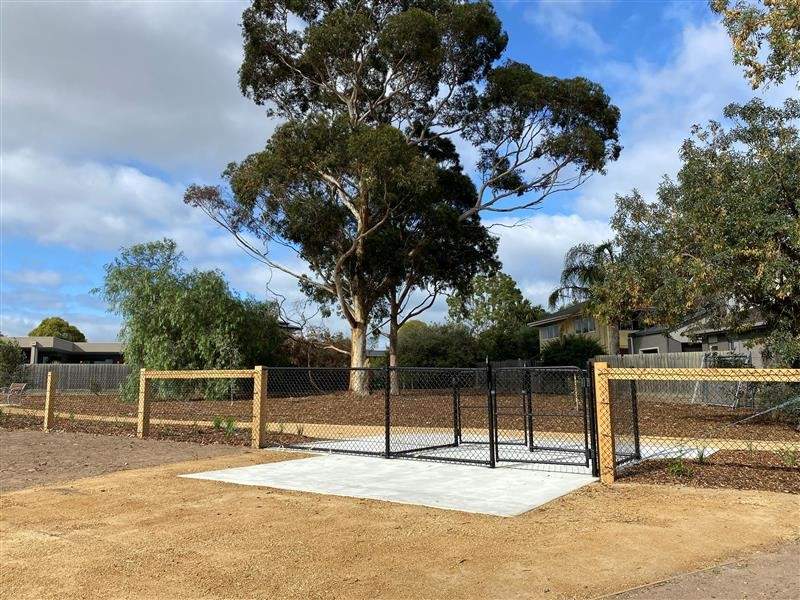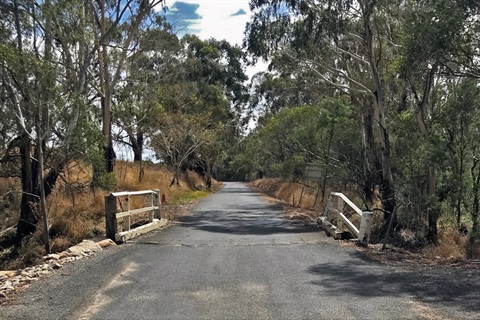Household spending rose 11.8 per cent in February compared to the same time last year, according to figures released today by the Australian Bureau of Statistics (ABS).
Robert Ewing, ABS head of business indicators, said that this represented slower growth in household spending, as through-the-year spending fell to its lowest rate since March 2022.
“Spending on discretionary goods and services rose 5.8 per cent, the smallest through-the-year percentage growth since January last year, as households continued to adjust to cost of living pressures.
“Non-discretionary spending recorded a larger rise of 17.5 per cent, as households spent more on Transport and Food,” Mr Ewing said.
| Discretionary – Through the year change (%) | Non Discretionary – Through the year change (%) | |
|---|---|---|
| Feb-20 | 2.7 | 0.8 |
| Mar-20 | -7.3 | -4.5 |
| Apr-20 | -28 | -35.7 |
| May-20 | -9.4 | -27.8 |
| Jun-20 | -6.9 | -18.3 |
| Jul-20 | -2.1 | -14.1 |
| Aug-20 | -8.4 | -18.4 |
| Sep-20 | -5.6 | -14.6 |
| Oct-20 | -5.2 | -14 |
| Nov-20 | 8.3 | -8.5 |
| Dec-20 | 2.1 | -5.2 |
| Jan-21 | -0.8 | -10.4 |
| Feb-21 | 2.4 | -6.6 |
| Mar-21 | 17.5 | 3 |
| Apr-21 | 49 | 50.5 |
| May-21 | 18.9 | 34.6 |
| Jun-21 | 12 | 18.4 |
| Jul-21 | 0.5 | 7.6 |
| Aug-21 | 2.2 | 7.5 |
| Sep-21 | 3.8 | 6.6 |
| Oct-21 | 9.9 | 8.7 |
| Nov-21 | 9.3 | 9.2 |
| Dec-21 | 4.2 | 6.3 |
| Jan-22 | 5.3 | 8.1 |
| Feb-22 | 12.3 | 12.4 |
| Mar-22 | 9.8 | 9.2 |
| Apr-22 | 13.3 | 10.8 |
| May-22 | 12 | 12.4 |
| Jun-22 | 14.2 | 17.1 |
| Jul-22 | 22.7 | 24.8 |
| Aug-22 | 28.3 | 29.9 |
| Sep-22 | 28 | 29.5 |
| Oct-22 | 18.9 | 25 |
| Nov-22 | 8.1 | 20 |
| Dec-22 | 8.6 | 18 |
| Jan-23 | 13.3 | 22.3 |
| Feb-23 | 5.8 | 17.5 |
The overall increase in household spending was driven by Hotels, cafes and restaurants (+25.9 per cent) and Transport (+25.7 per cent).
Spending on Food rose 12.8 per cent, the highest through-the-year percentage rise since March 2020, partly reflecting higher grocery prices.
Household spending increased in all states and territories in February 2023 compared to February 2022.
The ACT recorded the largest increase in spending (+15.0 per cent), with large growth in Transport (+24.2 per cent) and Hotels, cafes and restaurants (+22.5 per cent).
The through-the-year rises were lower in all states and territories this month compared with January, except in Western Australia. Victoria had the largest slow-down in through-the-year spending, with growth dropping from 19.7 per cent in January to 11.1 per cent in February.
| Dec-2022 (%) | Jan-2023 (%) | Feb-2023 (%) | |
|---|---|---|---|
| NSW | 15.2 | 18.1 | 11.5 |
| Vic. | 13.9 | 19.7 | 11.1 |
| Qld | 11.5 | 17.3 | 12.6 |
| SA | 13.6 | 19.8 | 11.6 |
| WA | 9.9 | 13.0 | 13.6 |
| Tas. | 9.2 | 17.9 | 10.5 |
| NT | 9.6 | 15.5 | 10.8 |
| ACT | 12.7 | 20.6 | 15.0 |








